There’s a satisfaction in watching our clients’ expressions when they first experience the gentle luminosity of their walls drenched in the *perfect white paint*. As a designer, I firmly believe: the right white isn’t just a backdrop, it’s the foundation of the space.
I remember when I first began as a designer, in my own home, debating between three seemingly identical whites. At the time, I didn’t see the differences…I didn’t have the experience I do now.
You see, whites are like much of design; their subtleties reveal themselves to those who take time to understand them. Now, this is the mindset I adopt with every white paint selection I make.
Today we’ll be diving intho the nuances of Pure White by Sherwin Williams. This white paint color had been my go-to for countless projects, even in my own home, but spoiler alert: I find myself using this color less and less.
That said, this versatile shade is a bright white with minimal undertones and can be a great option from sun-drenched estates to shadowy north facing rooms. Its ability to adapt while maintaining its essential character makes it valuable in any designer’s repertior.
Like any element in a carefully curated paint palette, Pure White carries its personality. Through years of observation across varying lights and spaces, as a designer, I understand when it shines brightest and when another choice might serve better.
In this post, I will share what I’ve discovered about this shade of white paint and why it might (or might not) be the perfect choice for your space.
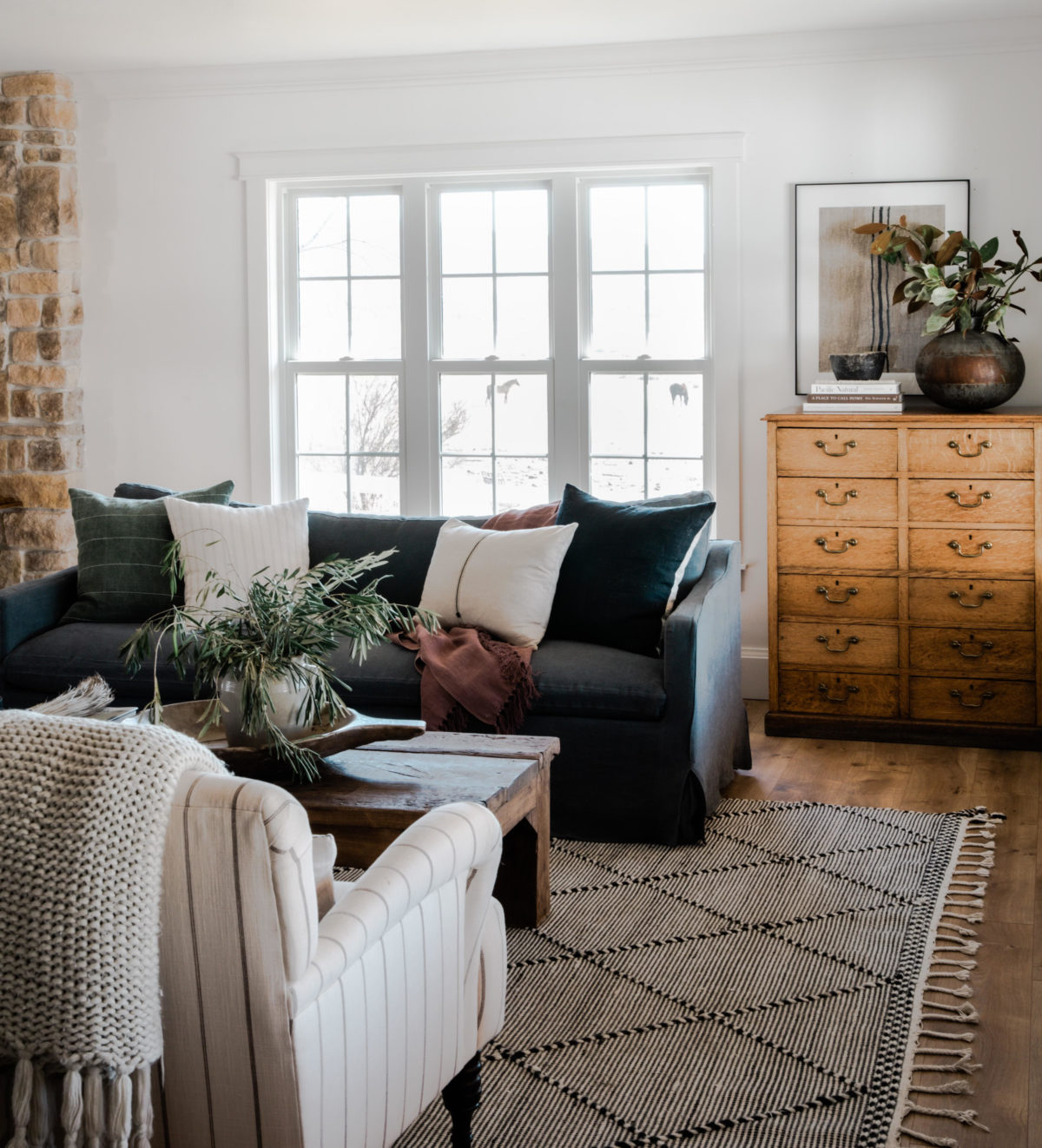
Key Characteristics of Pure White by Sherwin Williams
Pure White is a remarkably balanced white shade. After specifying this shade for dozens of projects, I’ve come to appreciate the distinct characteristics that make it neither stark nor creamy, rather, it sits right in between.
Light Reflectance Value (LRV)
The technical profile reveals a Light Reflectance Value (LRV) of 84, placing it in the sweet spot for interior applications. This means it reflects enough light to brighten spaces without creating the harsh, clinical feel that higher-LRV whites can sometimes produce. For context, this positions it perfectly for both traditional moldings and contemporary accent walls.
Overall warmth and coolness
What truly sets Pure White apart is its temperature. While many whites lean decisively warm or cool, Pure White maintains a sophisticated neutrality. I’ve observed subtle shifts throughout the day—in the morning light, it reads slightly cooler, while evening light draws out its delicate warm undertones.
This chameleon-like quality has saved countless design schemes in rooms with challenging light conditions.
The paint’s composition also merits mention. Pure White offers depth without heaviness unlike some whites that can appear flat or one-dimensional. This characteristic becomes especially apparent when used on architectural details, where it creates subtle shadows that enhance rather than diminish fine craftsmanship.
What Are SW Pure White’s Undertones?
Pure white isn’t quite what most expect. While many whites scream their undertones—think of that yellowed rental apartment we’ve all endured—Pure White speaks in whispers. Its formula contains trace amounts of yellow and gray undertones. But you won’t notice them fighting for attention.
This isn’t the warm embrace you’d find in Sherwin Williams Alabaster, nor does it present the sterile brightness of builder-grade whites. Instead, it offers something more sophisticated: a gentle warmth tempered by the faintest touch of gray. In spaces with northern exposure, Pure White by Sherwin Williams maintains brightness without feeling cold.
In my kitchen cabinets, I’ve watched Pure White shift ever so slightly from dawn to dusk. Morning light brings out its cleaner side, while evening warmth coaxes those gentle yellow undertones. This chameleon-like quality has saved more than one project where lighting proved challenging.
I often hear concerns about Pure White being too stark. Just last month, a client worried it would make her traditional living room feel like a hospital. We painted a test wall, and her relief was immediate. The paint’s nuanced warmth created the welcoming atmosphere she wanted.
What makes Pure White by Sherwin Williams remarkable is how it beautifully complements textures and warm colors. This makes it a great choice for those seeking a reliable white that won’t surprise you with unexpected color shifts throughout the day.
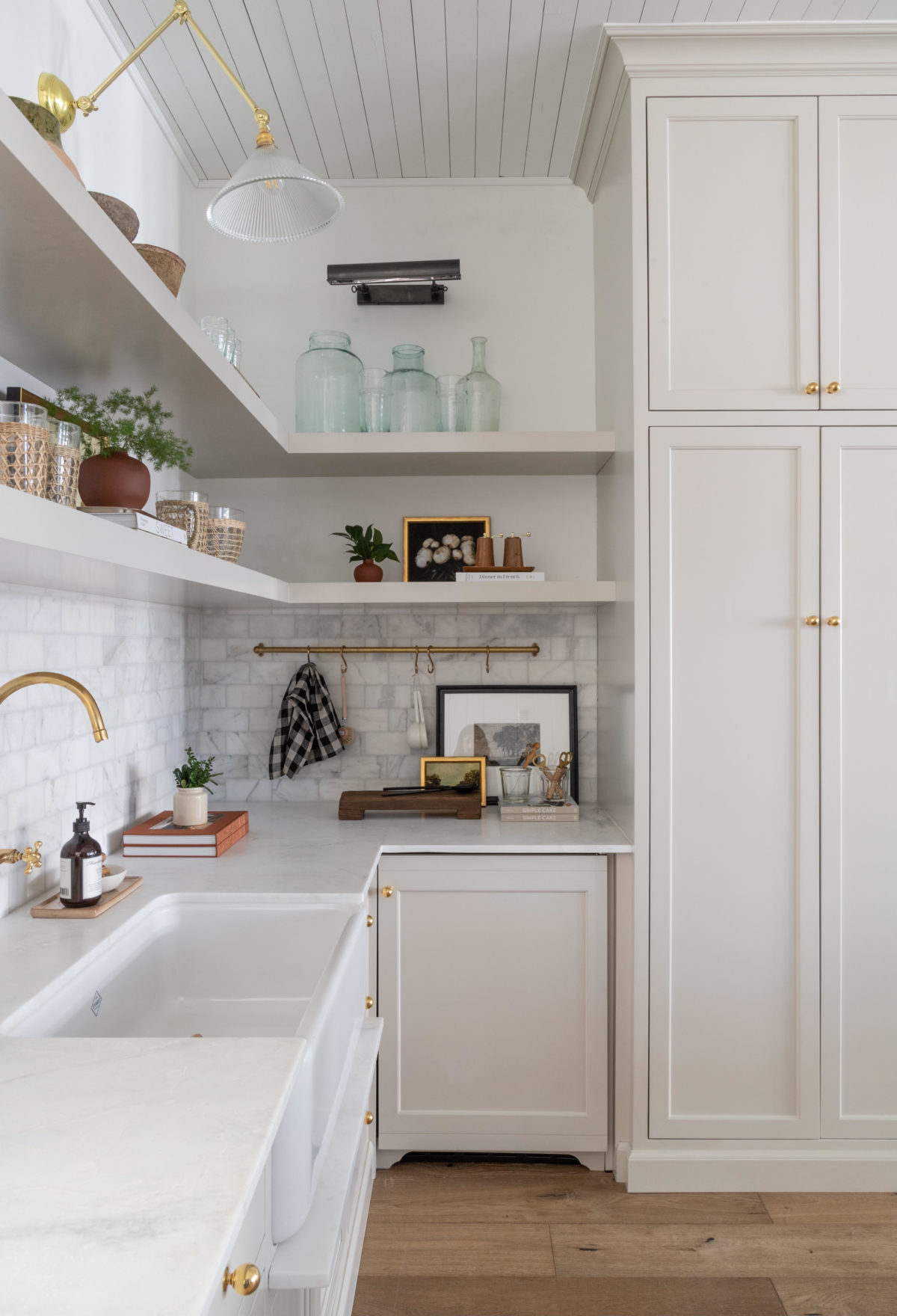
Best Uses for Sherwin Williams Pure White SW7005
After a decade of specifying whites for every kind of space imaginable, Pure White SW7005 has earned its spot as my most reliable shade. Not because it’s perfect everywhere—no white is—but because it brings a certain sophistication that other whites often miss. Let me walk you through where it works best!
Trim and moldings
After testing countless popular white paint colors, I’ve found Pure White offers something unique on trim. It doesn’t shout “I’m new!” like brighter whites can, nor does it muddy against wall colors.
In a client’s millwork project, we painted the crown molding, baseboards, and window casings in a satin finish. The amount of light throughout the day would subtly shift the color’s reading, but it never looked yellow or stark.
WALLS
For walls, Pure White creates what I call a “living canvas.” In south-facing rooms, it maintains its soft warmth without appearing creamy.
I visited a living room I’d designed two years ago—one with massive south-facing windows. The Pure White walls still looked as sophisticated as the day we painted them. That’s rare. Most whites slightly look yellow or feel cold over time, but Pure White has this remarkable stability. However, I should mention that in rooms with minimal natural light, you might want to sample a slightly brighter option.
Cabinets
I’ve probably used Pure White most often on kitchen cabinets. There’s this sweet spot between crisp and cozy that’s surprisingly hard to hit with whites, but Pure White nails it. I learned this lesson the expensive way after repainting my kitchen three times. Now, when clients ask for “white, but not too white” cabinets (you know the request), Pure White is usually my first suggestion.
I recently completed a kitchen where we paired Pure White cabinets with a charcoal island—the contrast was striking yet refined. The undertones of Pure White worked particularly well with both cool colors and warm accents.
A word of caution, though: If your space receives minimal natural light, consider testing Pure White by Sherwin Williams alongside slightly brighter options. While it’s an excellent choice for most rooms, every space has its personality. I always tell my clients to observe their test patches at different times of the day. It’s the best way to ensure you’ll love the results.
SIDING
I have once steered clients away from white siding. “Too stark,” I’d say. “Too high maintenance.” Then came this gorgeous craftsman renovation. The homeowner insisted on Pure White despite my initial hesitation. Now, I drive by that house to see how beautifully it ages through the seasons.
You know how most white houses can look almost blinding by midday? SW Pure White doesn’t do that. Last summer, while working on a beach house, the contractor called to double-check if we’d given him the right paint code. It looked much more sophisticated than the stark whites he was used to working with.
But let me be straight with you—and this is something I tell all my clients—exterior lighting is quite different than interior. I have had a client text me in a panic about her sample patch looking “too bright.” We waited 24 hours, watched it through different lighting conditions, and by the next afternoon, she was in love. That’s the thing about Pure White—it needs time to show you all its faces.
EXTERIOR TRIM
Now, trim—this is where things get fun. Remember that craftsman I mentioned? We used Pure White on all the trim work, front doors, and even the garage door. The amount of light it reflects creates this gorgeous definition against deeper siding colors.
I have also worked on a home that needed curb appeal help. The previous owners had used this stark, almost blue-white trim that made the house look like it was trying too hard. We switched to SW Pure White, and all those intricate gingerbread details looked elegant rather than gaudy.
Here’s a tip: if you’re going for an all-white exterior, use Pure White on your trim, but go one shade darker on the siding.
Remember, though, every house tells its own story. What worked on my Cape Cod projects might need tweaking for your Mediterranean revival. That’s why I’m always with my sample boards at different times of day, probably looking a bit crazy to the neighbors. But hey—that’s how you get it right
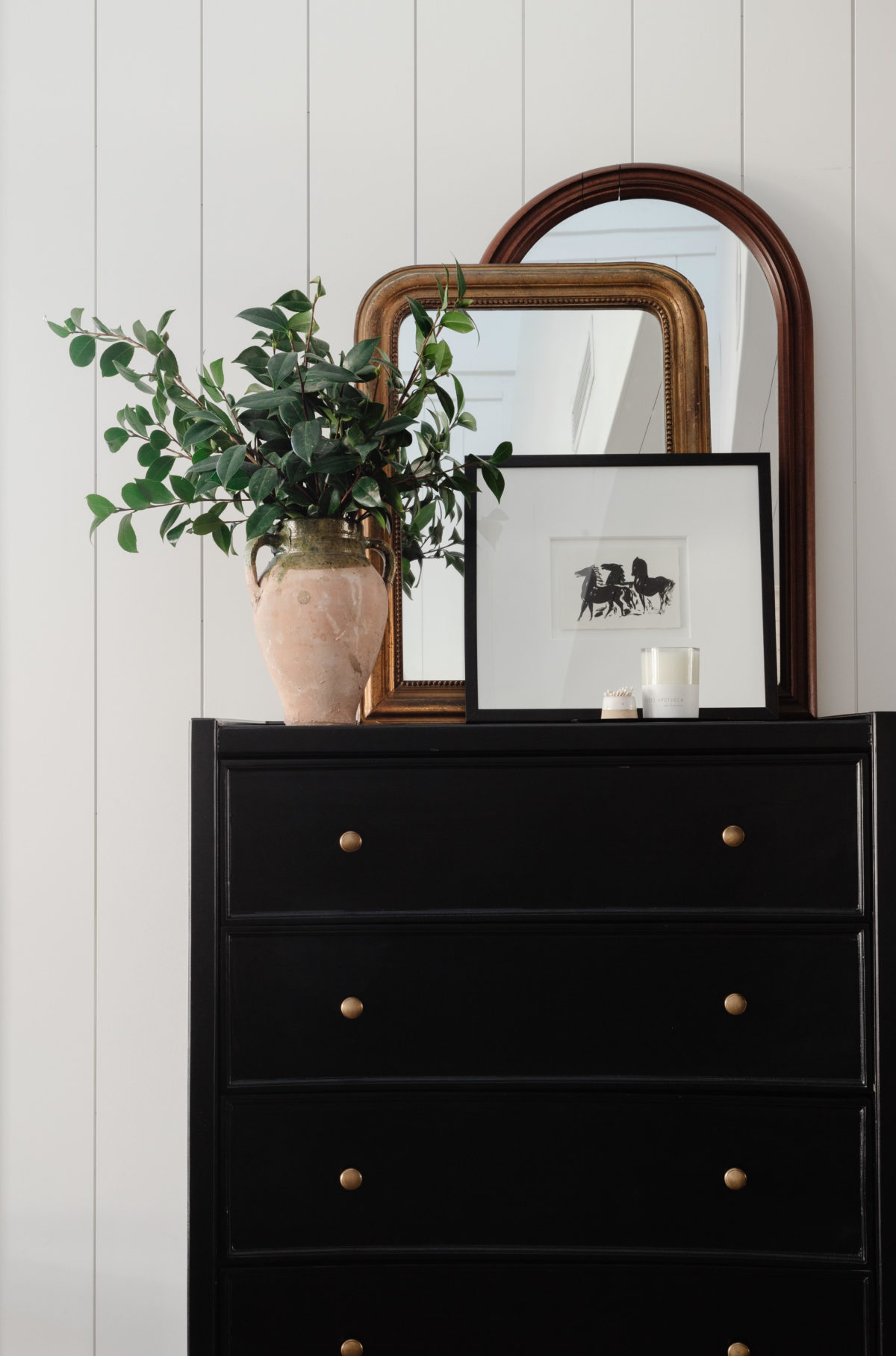
How Light Changes Pure White
Light changes everything. What looks perfect in one room can read entirely differently in another—and understanding these nuances makes all the difference.
NATURAL LIGHT
Pure White responds beautifully to natural light, revealing subtle variations throughout the day. It maintains its clean, fresh appearance in bright daylight while offering depth. What makes this color special is how it balances brightness with softness, never appearing stark or institutional, even under intense natural light.
artificial lighting
Under artificial light, Pure White by Sherwin Willi deserves careful consideration. LED bulbs, incandescent lighting, and fluorescents bring out different qualities in this paint. Different sheens also play a crucial role—satin and eggshell finishes can help manage reflectivity, while matte offers a softer, more forgiving look under harsh lighting.
Under artificial light, Pure White by Sherwin Willi deserves careful consideration. LED bulbs, incandescent lighting, and fluorescents bring out different qualities in this paint. Different sheens also play a crucial role—satin and eggshell finishes can help manage reflectivity, while matte offers a softer, more forgiving look under harsh lighting.
North vs. south-facing rooms
Let me be honest about north-facing rooms—Pure White isn’t always the best choice here. In my north-facing study, I switched from Pure White to a warmer white because the cool northern light made it feel a bit too stark.
If you’re set on Pure White in a north-facing room, consider adding warmer lighting to balance the cool light. You might also want to consider warmer options like Benjamin Moore White Dove for a cozy, enveloping feeling in a north-facing space,
South-facing rooms, though? That’s where Pure White really sings. The warm southern light brings out its subtle depth without pushing it too yellow.
East vs. west-facing spaces
East-facing rooms are fascinating with Pure White. During morning hours, the bright, clear light keeps the color crisp and clean, while afternoon indirect light allows its subtle warmth to emerge. One of my favorite projects was an east-facing breakfast nook—the way Pure White translated morning light into the space was nothing short of magical.
West-facing spaces present their own character. That golden afternoon light can enhance Pure White’s warm undertones. But here’s what I’ve learned: it never tips into looking yellow the way some warmer whites can
How Does SW Pure White Compare to Other White Paint Colors?
SW Alabaster vs. Pure White vs. Extra White
Pure White by Sherwin Williams (LRV 84) hits that spot between Alabaster’s softness (LRV 82) and Extra White’s brightness. While Alabaster whispers “cozy,” Pure White speaks in more versatile tones. It’s clean without being stark, making it one of the best white paint colors for modern homes.
About Extra White—let’s talk honestly. It’s marketed as a bright, clean white. But you might get slightly different colors if you order it in different sheens or product lines. Sometimes, it reads cool, sometimes warm. Pure white, meanwhile, stays consistent across different finishes.
SW Pure White vs. Snowbound vs. Greek Villa
I’ve used all three, and they each have their moment. Snowbound can read a bit cool, and Greek Villa embraces its warm side. Pure white manages to walk that line between fresh and cozy. It’s clean without feeling sterile—perfect for interior walls when you want that updated look without going too stark.
SW Pure White vs. High Reflective White
Want to see just how soft Pure White is? Put it next to High Reflective White. High Reflective White is about as bright as it gets (LRV 93), with cool undertones that can feel a bit harsh in real-world lighting conditions. Pure white offers more livability. It’s bright enough to feel fresh but soft enough to feel welcoming.
SW Pure White vs. Benjamin Moore White Dove
White Dove gets a lot of attention, and sure, it’s beautiful. But those gray undertones? They can go moody real quick in a dark room. Pure white plays better with warm and cool colors, making it extremely versatile. If your room doesn’t get much light, Pure White by Sherwin Williams will stay fresher-looking, while White Dove might start feeling a bit drab.
SW Pure White vs. Benjamin Moore Swiss Coffee
Swiss Coffee brings significantly more warmth, think buttercream rather than clean white. With an LRV of 81.90, it’s also noticeably darker than Pure White’s 84. While Swiss Coffee can create beautiful, warm spaces, it’s less versatile when working with modern finishes or cool color schemes.
The best way to compare whites is to look at large stick samples in your space. Check them in the morning, at noon, when the sun’s setting, and with your lights on at night. That’s how you’ll know what works. Paint colors are that way—they respond to your lighting conditions and surrounding elements.
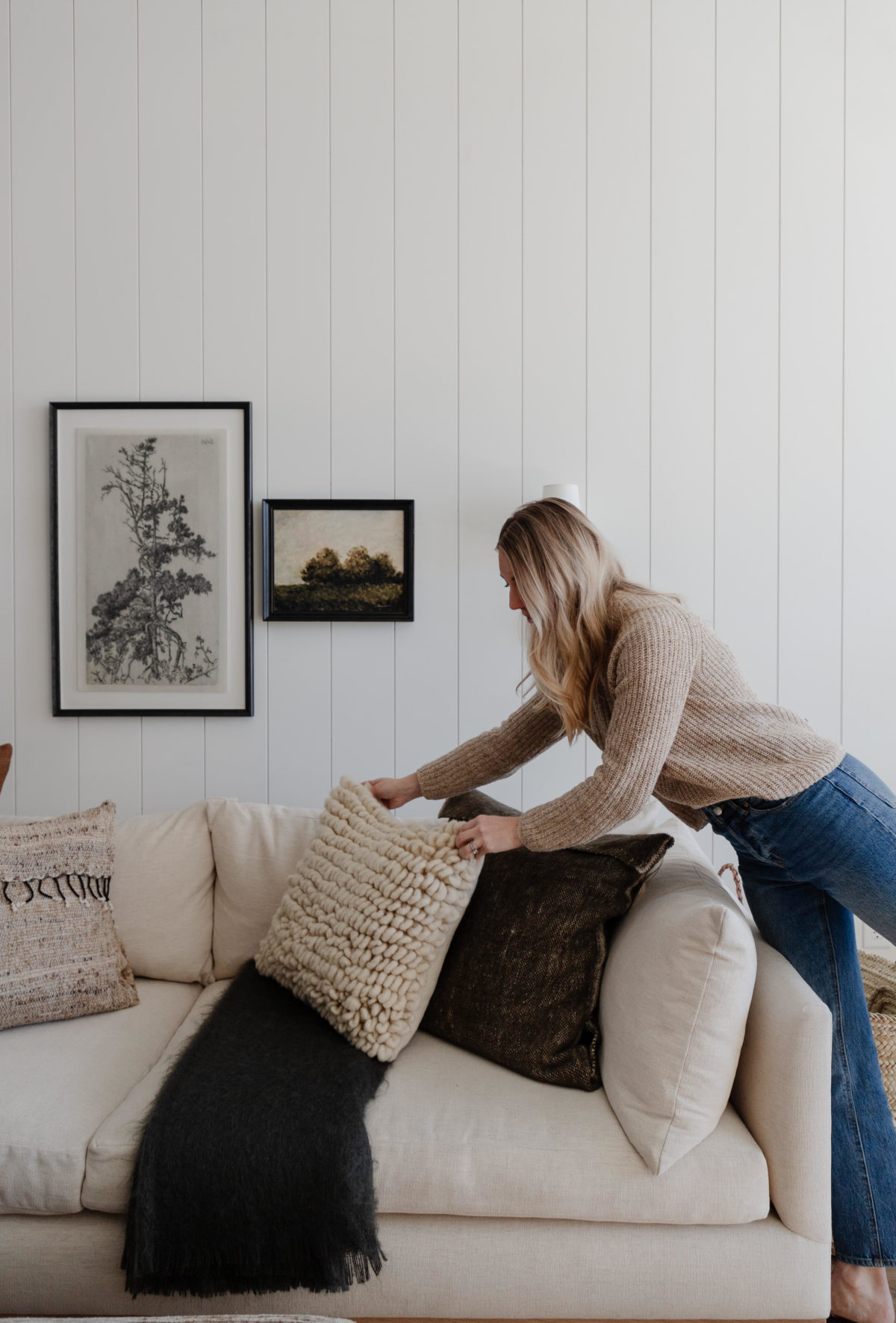
Should You Use Sherwin Williams Pure White In Your Home?
Pure white paint color has become incredibly popular, and for good reason—but popularity doesn’t make it the right choice for every space. Before you grab that paint can, here’s what you should consider.
pros
- t’s a versatile color—works beautifully on walls, trim, and cabinets
- Maintains its character in different lighting conditions (unlike some whites that go wonky)
- Soft enough to feel welcoming but clean enough to feel current
- It plays well with both warm and cool color palettes
- It makes an excellent trim color that doesn’t fight with other wall colors
- It actually looks white (you’d be surprised how many “whites” don’t)
Best scenarios for use
Pure white shows off in spaces with a lot of light. It’s particularly stunning in:
- Modern farmhouse interiors where you want warmth without going too rustic
- Contemporary spaces that need softening
- South-facing rooms where other warm whites might go too yellow
- Open floor plans where you need a consistent look
- Homes where you want the same white for both walls and trim
This popular Sherwin Williams color gives a fresh, updated look without veering into stark territory. It’s become my go-to when clients want their space to feel sophisticated but still livable.
When to consider alternatives
Hold off on Pure White if:
- Your room gets very little natural light (it might look a bit flat)
- You’re trying to match bright white furniture or fixtures (try High Reflective White instead)
- You want a super crisp, gallery-white look (Chantilly Lace might be your better bet)
- You’re dealing with very cool northern light and want to counteract it (Swiss Coffee could work better)
Final recommendations
Before you commit, get real paint samples on your walls and watch how Pure white looks throughout the day in your space.
Here’s my honest take: Pure White by Sherwin Williams is one of the most versatile whites out there, but it’s not the perfect white paint color for every situation (nothing is). It’s an excellent choice for those who want a white that feels clean and current without being cold or sterile. And even though it’s a popular choice, what matters most is how it works in your specific space.
If you’re on the fence, Pure White is usually a safe bet—but safe doesn’t mean boring. It’s popular because it works, not just because it’s trendy. And isn’t that what we’re after? A white that looks good and keeps looking good, no matter what you pair it with.
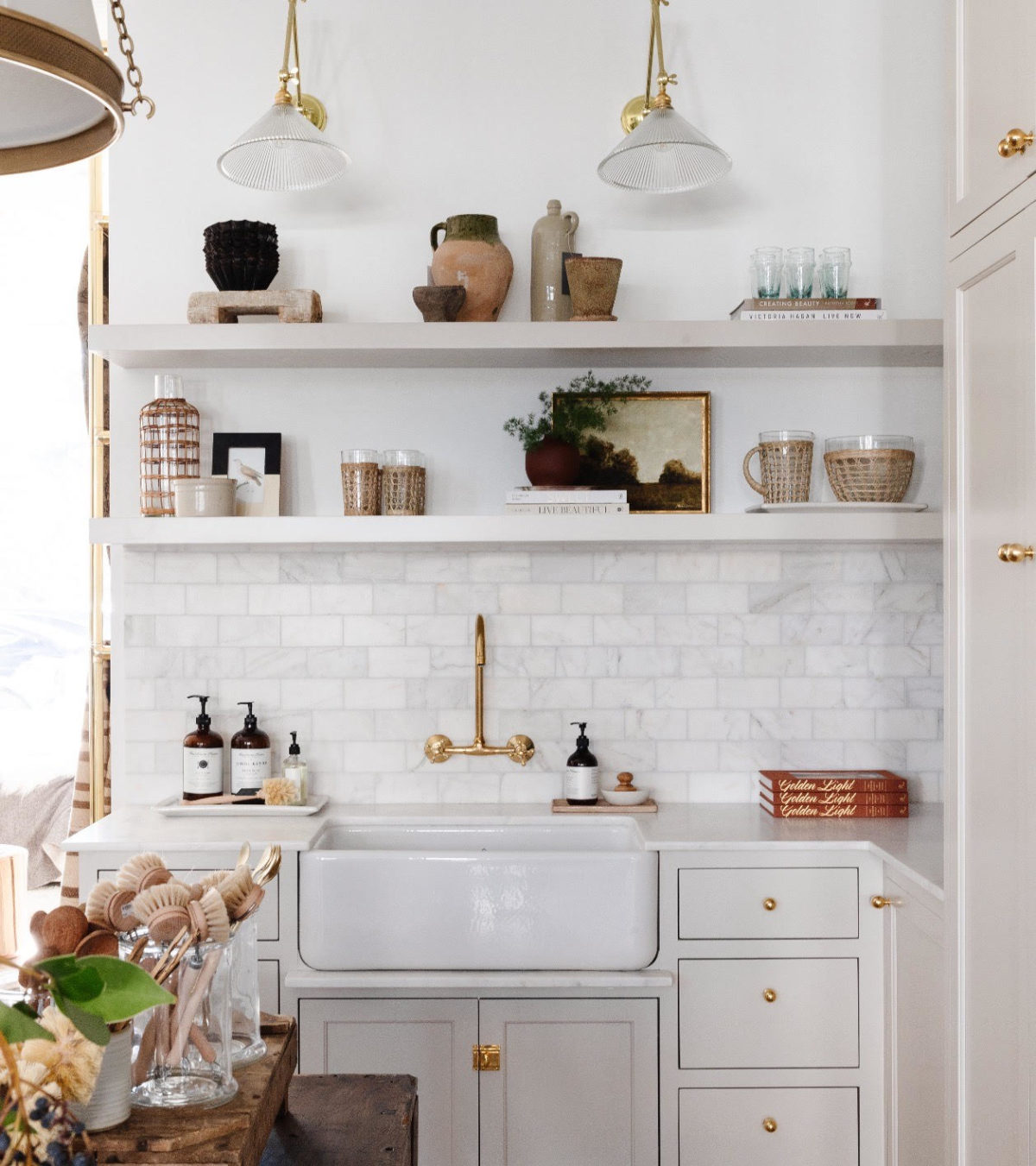
The Bottom Line on Pure White by Sherwin Williams
After years of specifying whites for every possible scenario, here’s what I can tell you about Pure White: it’s earned its status as a go-to white. While no single white works everywhere, Pure White comes close to being that versatile color that delivers on its promises.
SW Pure White won’t go yellow like some warm whites or feel cold like many modern whites—which explains why it’s become such a popular choice among designers who want spaces to feel current and timeless.
Just remember—always test it in your space. Grab some stick paint samples and watch how the color shifts throughout the day.
Trust your eyes, not the trends, and you’ll know if Pure White is your perfect white.
Explore More About Paints and Finishes
Be sure to check out our other paint-related articles to dive deeper into color trends, techniques, and tips for your next project! Whether you’re looking to refresh your living room or discover the best finishes for your exterior, we’ve got you covered. Stay inspired and get the best advice for all your painting projects!
The Best Red Paint Color Ideas to Transform Your Space
A Designer’s Guide to the Best Warm White Paint Colors
How to Choose the Best Interior Paint Colors for Your Home
A Green Bathroom Remodel You’ll Love
Explore all about Paints and Finishes
Be sure to check out our paint-related articles to dive deeper into color trends, techniques, and tips for your next project! Whether you’re looking to refresh your living room or discover the best finishes for your exterior, we’ve got you covered. Stay inspired and get the best advice for all your painting projects!
Designer’s Review: Sherwin Williams Pure White SW7005
The Best Red Paint Color Ideas to Transform Your Space
A Designer’s Guide to the Best Warm White Paint Colors
How to Choose the Best Interior Paint Colors for Your Home
A Green Bathroom Remodel You’ll Love
Luxury Designer’s Top Picks: The Best Greige Paint Colors

instant download
Little Black Book of Color
Download our free paint guide! Get our expert guidance for your entire home with our 30 page paint guide.
The exclusive Boxwood Avenue paint guide to achieve a perfectly cohesive palette in your home!
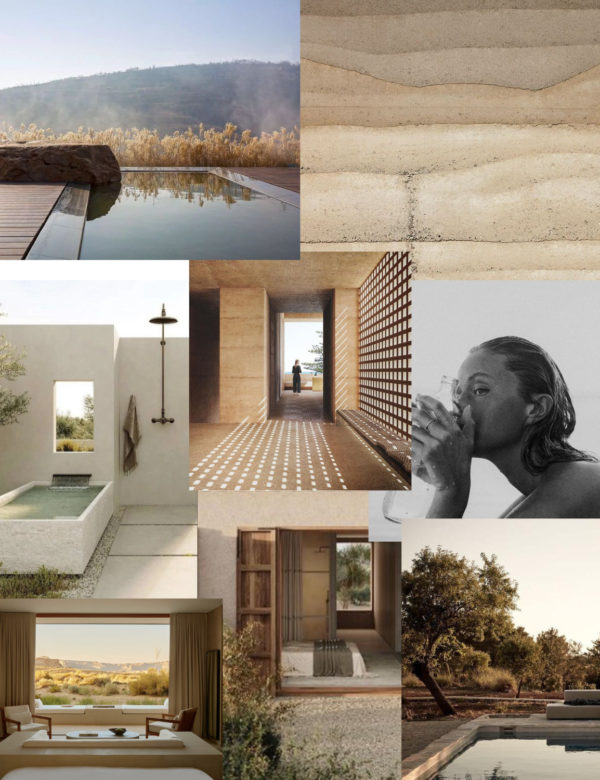
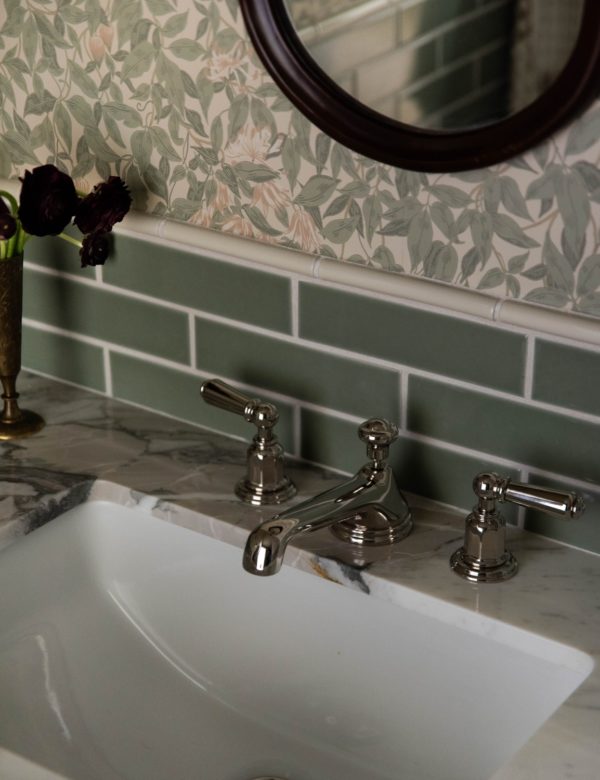
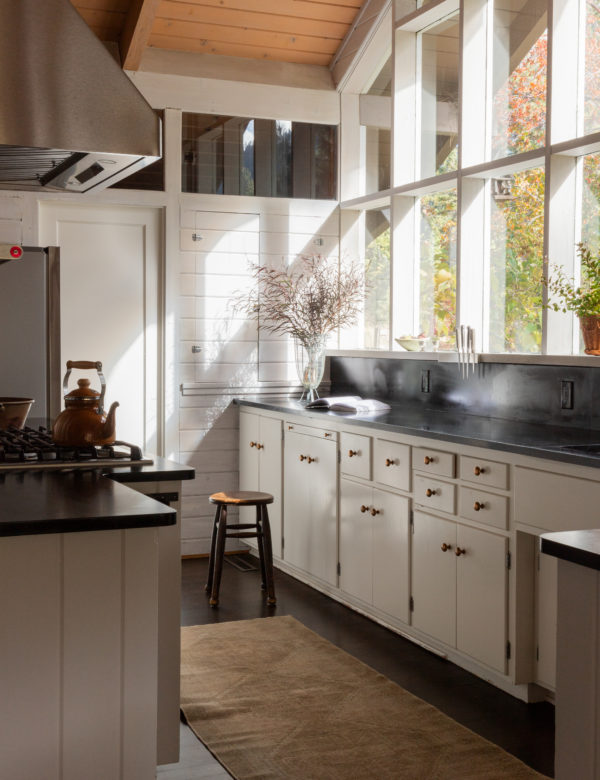
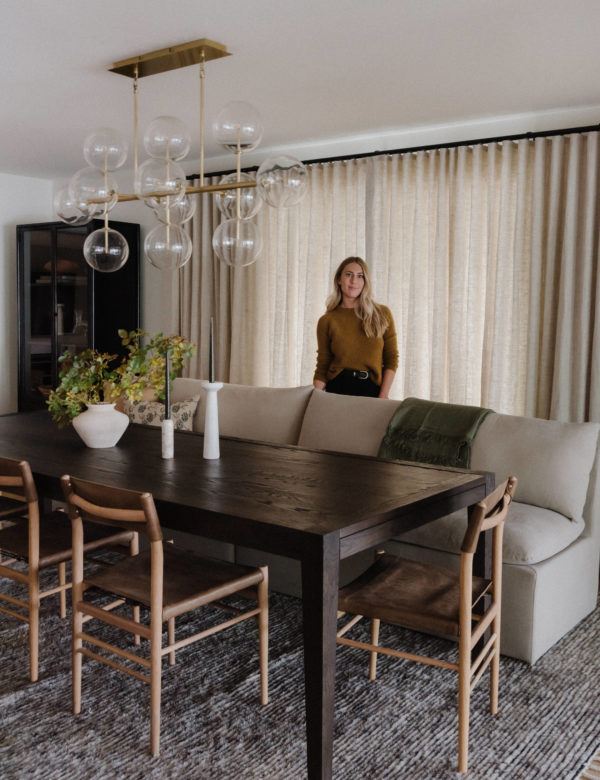
Pure White is such a classic choice! It’s the perfect neutral that can work with any style
what color cabinets would you recommend for a pure white wall?
This Article is very helpful. We have pure white exterior trim on a red brick home. We are building a siding extension and trying to decide on a white paint that will look nice with pure white trim. Our extension will be east facing with side south. Any recommendations for a white siding paint color that will look nice with pure white trim, black roof and tricorn black gutters and doors with red brick in sight?
Fantastic Put up, I’m sure a giant believer through post feed-back concerning webpages towards allow the blog page consultants recognise that they’ve further a specific thing positive towards the web! best thca flower online
hello, So beautiful! what was the cabinet color?
I appreciate your point about Sherwin Williams Pure White SW7005—it’s amazing how the right white can transform a space from plain to elevated. That soft, luminous backdrop truly sets the tone, much like how the right streaming app, such as the Yacine TV app, creates the perfect foundation for an effortless entertainment experience. Both are about setting the stage for comfort and enjoyment.
Lovely feature on Pure White SW 7005! Your insights on its versatility and warmth really stood out—this shade truly brightens any space. For fellow readers planning their paint projects, here’s a handy paint cost estimator to help factor in both paint coverage and budget.
Paint Cost Calculator
Paint Cost Calculator
It’s funny how design conversations about something as subtle as white paint remind me of how tiny details also make or break a match in games like Marvel Rivals. You don’t notice the nuances until you’ve spent enough time comparing them side by side. When I was trying to understand why my gameplay felt “off,” I checked https://eloboss.net/marvel-rivals-boosting just to see how higher-tier players approach positioning and timing – the small stuff you overlook at first. From my experience, once you start noticing those subtle differences, both design choices and gameplay decisions feel way more intentional.
Such a great Blog!